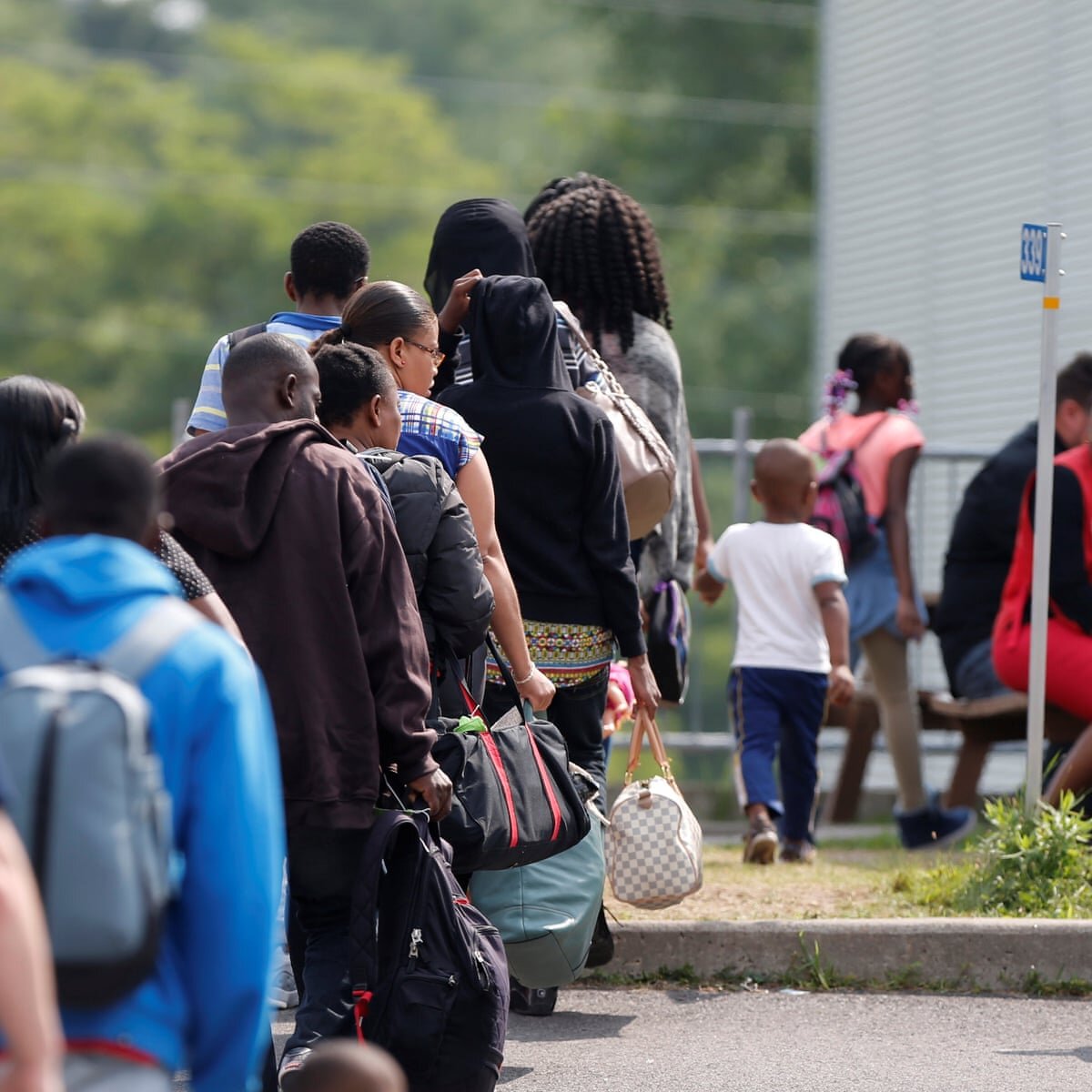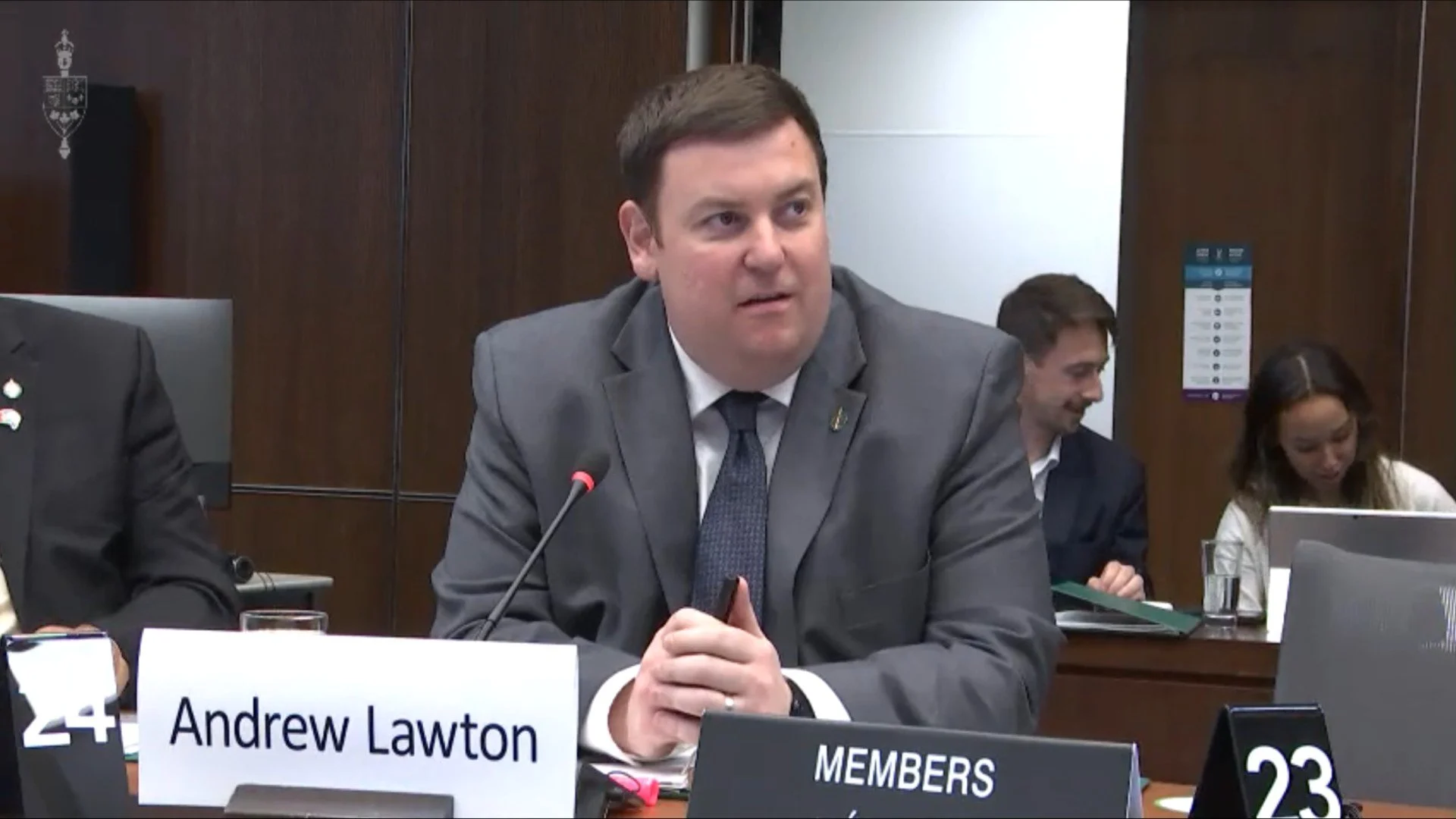Why Did the Canadian Government Appeal Against Helping Asylum Seekers?
Photo Credit: (The Guardian / Google Images)
The Legal Question: Constitutional, and International
Assumptions about the Canadian constitution may be shaken up following the government’s decision to appeal the unconstitutional status of the Safe Third Party Agreement. The original ruling found that Canada may not treat the United States as a safe third party for asylum seekers at the border, since those sent back to the US were at foreseeable risk of inhumane detention and deportation.
If the government’s appeal succeeds, Canada will be able to turn away refugees at the US-Canadian border. Moving forward the government may find this a specific and lawful framework for exclusion.
The standard process of asylum is that seekers be processed in the first safe country they arrive in, usually the closest. For many refugees, this is often just the first stop. When there was a refugee crisis in the Middle East, neighbours like Turkey had an international legal obligation to take in more asylum seekers than it had the capacity for. From that initial location, refugees are then moved to other regions that are helping to take on the shared burden.
This multilateral system is something Canada has ratified in treaty and custom. We already agreed to do our part in this.
The Safe Third Party agreement is a bilateral agreement between Canada and the US that allows both countries to turn away asylum seekers at the 49th parallel. This means that Canada can turn asylum seekers from South and Central America back to the US. The issue with this practice is that many of these asylum applicants are simply being deported from the US back to a region that poses a credible risk to torture and death.
A few months ago the practice of returning asylum seekers to the US only to be detained or deported was ruled unconstitutional. Our government cannot knowingly take action that would result in a Charter violation, even if the violation itself is not done directly by the government.
Turning away refugees to another country that will promptly deport them goes against many of our international obligations as well. This principle is called “non-refoulment” and is critical to the asylum process.
Without non-refoulment, history shows a “callous” system of managing displaced people. In 2018, Justin Trudeau apologized for Canada’s historic rejection of 900 Jewish refugees at sea shortly before the Holocaust. Following the rejection of the MS St. Louis, the refugees had to boat back to Europe. Almost 300 of those refugees died in the Holocaust, and most of them faced inhumane treatment during the war.
Canada was right to apologize for the abandoning of the MS St. Louis. Right, too, to apologize for the deep dehumanization of Jews that occurred in this country. It is a shame that almost 80 years later, that this G7 Country is still sending asylum seekers away.
On the domestic level, the appeal to the unconstitutional ruling will clarify the protections that non-citizens have under the Charter. Still, even if the violation is confirmed to be unconstitutional, it may be weighed against the public interest.
If the Government can prove that it is necessary to turn away asylum seekers, or that they can change policy to lawfully turn away asylum seekers, then the former unconstitutional designation will not mean much. A successful appeal will also undermine non-citizens’ abilities to assert their rights in engaging with the Canadian government. It will potentially allow practices that will get us into hot water with international observers and run contrary to humanitarian values.
Like with every case update, there is still much to be determined. The next ruling could go a variety of ways. Clarity from the court and transparency from the CSBA will be vital to ensure that the legal and humanitarian questions will be answered in the coming months.
Detention Centers, Children and COVID-19
The rights of non-citizens that arrive in Canada may seem plentiful, due to the country’s last half-decade of humanitarian branding. However, Canada has major issues with providing safety for migrants that are allowed into the country. Migrants here refers to immigrants as an umbrella term, but many are seeking asylum.
Due to a lack of administrative efficacy, migrants are sometimes held in detention centers for unpredictable and lengthy periods of time. 94% of detained migrants are held for this reason, not because they are deemed a risk to public safety.
If someone’s identity cannot be verified, they may need to wait for an unknown amount of time in detention. If Canada is trying to lawfully deport a migrant and their mother country will not cooperate, that person may again need to wait for an unknown amount of time.
Children under 16 are not supposed to face the hardships of detention, and certainly not in provincial jails. However, to keep families together, children will often remain with their mother in detention. The child does not have independent standard review hearings. This means that a child’s case is entirely tied to their parent’s. It also means the child may not be reported as a minor in a detention facility, and become legally invisible.
Human Rights Watch has reported an increase in children being separated from their families since 2019. In their report, they say Canada still has a “punitive culture” toward children in our migration system.
HRW’s report also comments on the suspicious lack of oversight that the CSBA enjoys. Canada does “not have any provisions for independent monitoring of detention facilities, and Canada has not ratified the Optional Protocol to the Convention against Torture... which allows for independent monitoring by the United Nations.”
The Canadian Council for Refugees reported in 2019 that there is an extreme lack of consideration for children in Canada’s immigration detention system. The report opens with the story of a woman and two toddlers who into Quebec to seek asylum and were kept in detention for over a month.
According to the report: “Legally-speaking only the mother was detained. With no activities offered for young children in the detention centre, Alex and Dominique were bored and agitated... Meanwhile, their mother made multiple phone calls overseas to try and obtain documents to confirm her identity, not easy with two active and noisy toddlers.”
Since March migrant rights groups have asked Canada to release the migrants that pose no danger to the public. This is because detention center health and safety conditions are unacceptable with the added risk of COVID-19.
In late March, migrants organized a hunger strike in the Laval Immigration Holding Centre. The government responded to these pandemic-based concerns and since April dozens of migrants have been released at a time. Although these releases were a responsible and positive measure, it does further beg the question: why are we detaining people that are not a credible safety risk to the public?
More Articles






